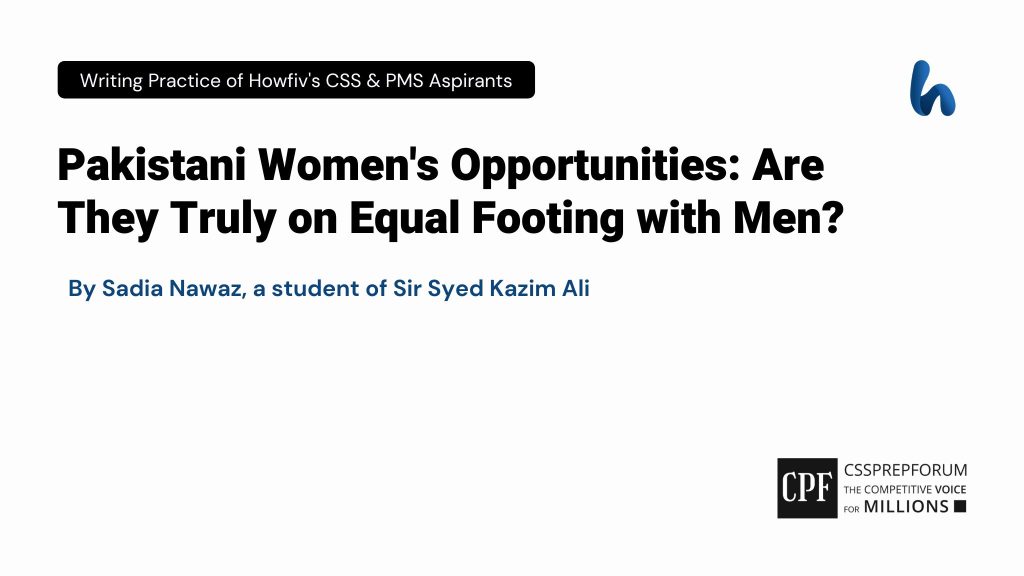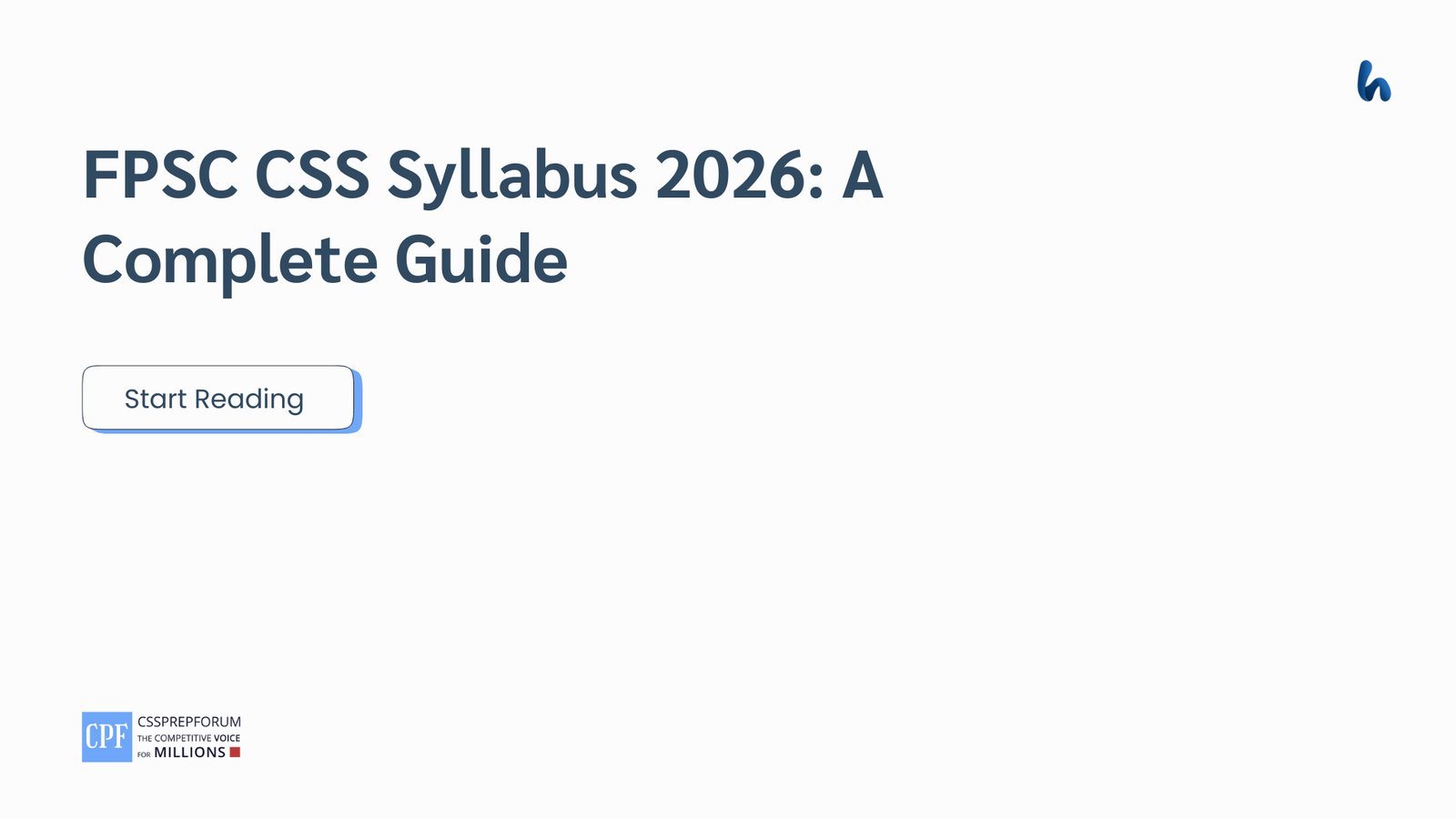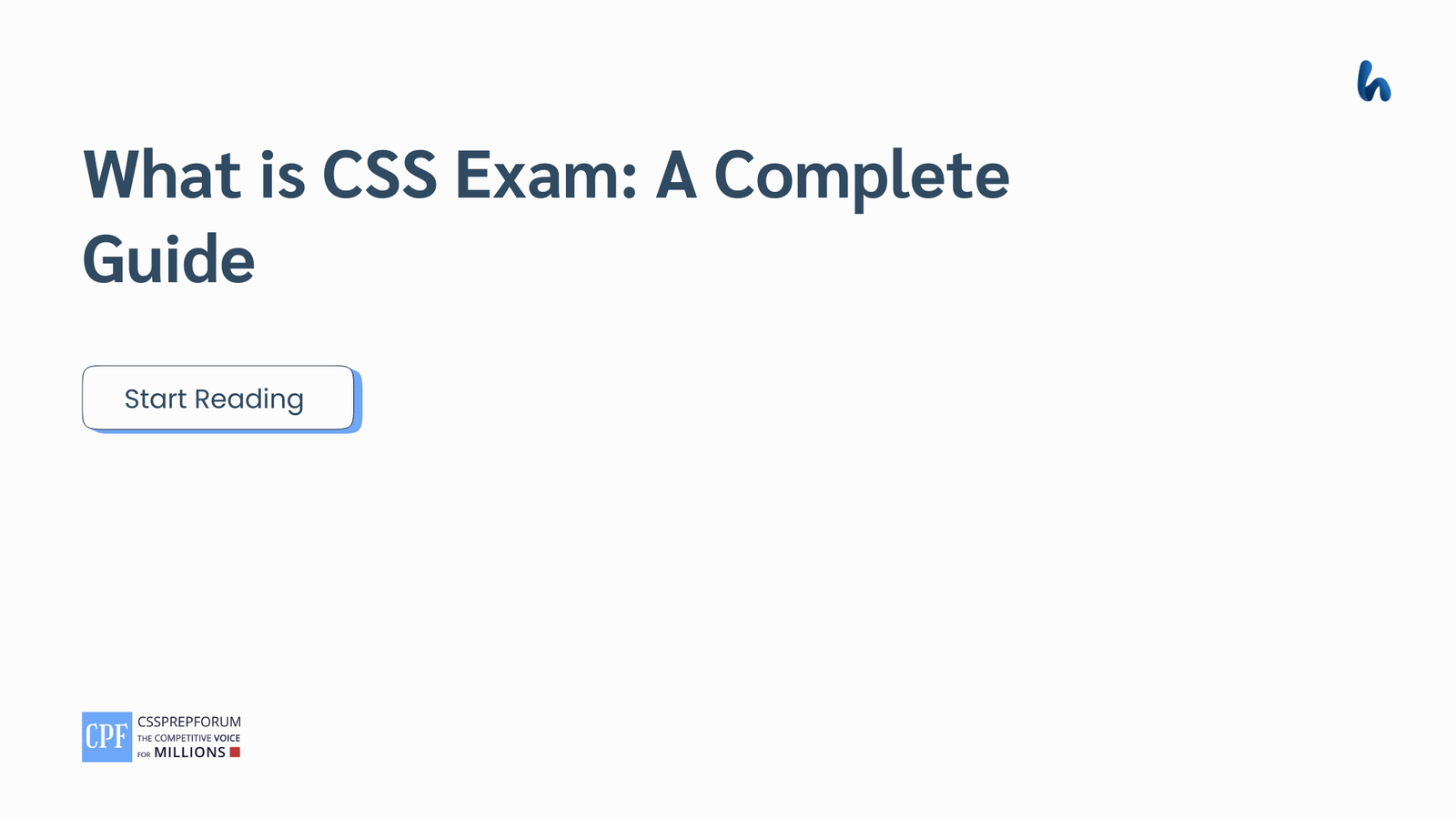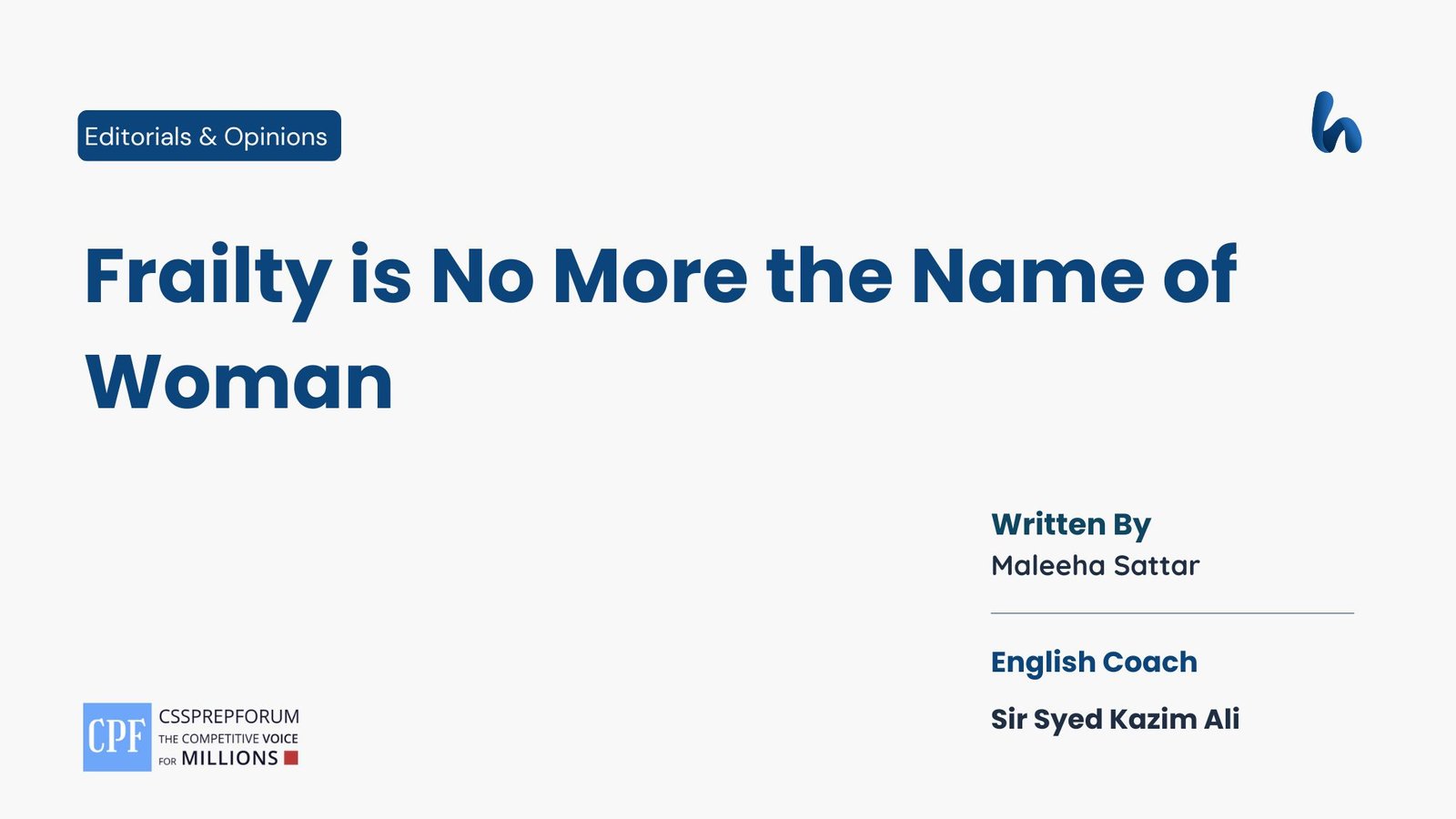The following article is written by Sadia Nawaz, a student of Sir Syed Kazim Ali. Moreover, the article is written on the same pattern, taught by Sir to his students, scoring the highest marks in compulsory subjects for years. Sir Kazim has uploaded his students’ solved past paper questions so other thousands of aspirants can understand how to crack a topic or question, how to write relevantly, what coherence is, and how to include and connect ideas, opinions, and suggestions to score the maximum.

In a world where every voice echoes a just, equitable, and inclusive society, women’s empowerment weaves the threads of change, transforming a nation into an unstoppable force of progress and equality. Indeed, by empowering women, a nation-state unlocks the full potential of its citizens and builds a more sustainable future. However, an unsettling reality persists in many corners of the world, where issues of gender equality plague communities and hamper societal growth. A cursory glance at the international arena reveals that women are disadvantaged, suppressed, subjugated, and, hence, not provisioned with the same availability and accessibility of chances as men. Ironically, Pakistan is not a way down the ladder. In Pakistan, women are not provided with the same chances as men in social, political, and economic realms. From limited access to education and healthcare facilities to pronounced disparities in political representation and economic privileges, it is a portrayal of a gloomy picture on the canvas of the availability of equal chances to women as men. However, on the other end of the spectrum, opponents believe that women have equal chances available to them as men in all facets of life, especially in education and politics. Indeed, they do not acknowledge the fact that existing initiatives and laws have failed to break the shackles of patriarchal norms and deliver parity for women. Nonetheless, equivalent chances for women can be ensured through pragmatic measures such as providing equal access to education and learning lessons from Scandinavian countries and Bangladesh. This essay comprehensively sheds light on the naked truth that Pakistani women do not have the same chances available to them as men and discusses counterarguments and ways to achieve this much-needed parity in the country.

To begin with, in a nation-state, when all segments of society are provided with equal rights, resources, opportunities, and chances, it constitutes the bedrock over which the prosperous and sustainable future of the nation-state stands still. In such an inclusive society, women also have the same chances available to them and are deemed equal in all facets of life, including social, political, and economic realms. Consequently, they have equality at home, equal pay for equal work, equal opportunities for political representation, and equal chances for getting education and healthcare facilities. In short, the same availability and accessibility of chances irrespective of caste, creed, colour, and gender unlocks the full potential of citizens and formulates such an inclusive society where social prosperity, economic progress, and political stability reign supreme.
One of the glaring manifestations of the fact that Pakistani women do not have the same opportunities as men is their limited access to education. Stereotypes and cultural norms of patriarchal society discourage women from pursuing education, especially in rural areas. Similarly, the traditional gender roles act as a strong, compelling force, plunging women into the situation of prioritizing household responsibilities over their education. According to a United Nations Educational, Scientific and Cultural Organization (UNESCO) report, Pakistan has one of the world’s highest rates of out-of-school girls, with over 3.6 million girls not attending primary school. Such a large number of out-of-school girls is a cause of great concern, undermining the very essence of an inclusive society. Thus, in the country, the chances of education facilities are not equally available to all genders, especially to women.
Moreover, the underrepresentation of women in politics also endorses the veracity of the statement that Pakistani women do not have the same chance of accessibility as men. Indeed, a multitude of societal and cultural hindrances discourage women from pursuing political careers, limiting their participation in policymaking at national and provincial levels. Likewise, a political setup devoid of women assassinates the very voices of women in policymaking and governance. Data from the Inter-Parliamentary Union reveals that in the 2018 general elections women accounted for a mere 20 per cent of the members of Pakistan’s National Assembly. Such an unprecedentedly low percentage of women in political setup speaks volumes of existing gender inequality in the country. Hence, the lack of representation of women in politics is the portrayal of the naked truth that Pakistani women do not have equal chance availability as men.
Adding more to it, the chances of the availability of healthcare facilities to Pakistani women are not the same as men. Limited access to quality healthcare and family planning is translated into multiple issues of women’s health. Furthermore, the issue of women’s health, particularly in rural areas, is often ignored owing to cultural constraints. As per the UN report, 48 per cent of women have no say in their health matters. Moreover, Pakistan has one of the highest maternal mortality rates in the world. According to the 2019 World Population Report, 178 women out of every 100,000 die while giving birth. Ironically, the facts portray the gloomy picture of women’s health on the canvas of equality of chances available to both women and men in Pakistan. Therefore, the chances of the provision of healthcare facilities to the women of the country are not the same as for men.
Further, in the economic realm, women are also victims of lower economic privileges than men, thereby underlining the reality that Pakistani women do not have the same economic chances available to them as men. As a result, women receive persistently lower wages as compared to men. Likewise, the wage gap hampers women from exhibiting their full potential, and, hence, further complements their economic apprehensions in a patriarchal society. According to the International Labor Organization’s (ILO) Global Wage Report (GWR) 2019, in Pakistan, the gender pay gap is 34 per cent. Unfortunately, it is more than double the global average and one of the highest in the world. Lower wages for women, along with gender discrimination in job opportunities, strengthen the very roots of gender inequality in the country. Thus, women do not have the same chances available to them as men in the economic landscape of the country.
Additionally, women in Pakistan do not have the same chances of availability and accessibility of technology as compared to men. The digital gender divide exists in terms of employment in the Information Technology (IT) industry and is likely to own technological devices. Women are underrepresented, unpaid, and discriminated in the technology industry. There is no denying that it is laborious to find out about the women in technology companies in Pakistan. As per the Pakistan Software House Association, the national gender diversity ratio is 17 per cent in the IT industry. Further, women have less technological skills and are less likely to own technological devices. According to the Global System for Mobile Communication Association (GSMA), in Pakistan, 38 per cent of women are less likely to own mobile than men, and 49 per cent are less likely to use mobile internet than men. Thus, the overall situation paints a bleaker picture on the canvas of the provision of the same chances to both women and men.
However, on the contrary, it is also argued that Pakistani women have the same chances of getting an education as men since improvements in female education rates have been witnessed. Government programs and awareness campaigns have encouraged greater female enrollment in schools and universities. By the same token, the Benazir Income Support Program is worth mentioning in this regard. It has targeted women’s education and has provided financial incentives for families to send their daughters to school. Nonetheless, by flipping the side of the coin, it becomes evident that all government programs and initiatives are not functioning across the board. Although they have multiplied the chances of getting an education for women, they are limited only to urban areas. Consequently, a vivid rural-urban literacy gap still exists, as only 9 per cent of rural women have access to secondary schools. Unfortunately, it portrays a gloomy side of the availability of equal education chances to women, marring the very essence of inclusive progress of the country. Hence, a harsh reality exists in Pakistan that women do not have the same chances of getting an education as men.
Furthermore, on the other end of the spectrum, many people also believe that Pakistani women have the same chances of representation in politics as men. They are of the view that the constitution of Pakistan provides equal chances of political representation to women as men. Article 25 (2) of the constitution of Pakistan 1973 makes it binding that there will be no discrimination on the basis of gender. In this stereography, women have the liberty to exercise their right to vote and run for elections either directly or through reserved quota. Nevertheless, through keen observation of the very school of thought, it is revealed that the argument is not valid. In actual practice, the majority of women representatives in Pakistan’s parliament are relatives of strong male politicians, and this holds true for all mainstream political parties. Benazir Bhutto, who has been the prime minister of Pakistan, is one of the glaring examples of all-pervasive dynastic politics in the country. Ironically, dynastic politics, traditional norms, gender roles, and stereotypes of patriarchal society have impeded the equal chances of representation of all other women in politics. Hence, it underscores the naked truth that women in Pakistan do not have the same chances of political representation as men.
Nevertheless, the pressing issue of the unavailability of the same chances for Pakistani women as compared to men warrants immediate redressal to constitute an inclusive society with the potential to prosper by leaps and bounds. The first is to ensure the provision of equal education access to women, particularly in rural areas. In doing so, existing cultural norms of the society have to be challenged through awareness campaigns and innovative policy measures. In Khyber Pakhtunkhwa government’s initiatives have increased female school enrollment. In this stereography, the Khyber Pakhtunkhwa government’s program, ‘Surf Excel Suno Kahani Meri Zubaani,’ has resulted in a 3 per cent increase in female school enrollment in targeted districts. Other provinces can also take such initiatives by learning lessons from Khyber Pakhtunkhwa. In short, women in Pakistan should be provided equal chances of education as they are available to men.
Moreover, the Political participation of women in the national assembly and political legislature should also be increased to ensure the accessibility of the same chances to women as men in Pakistan. In its pursuit, gender quotas have to be implemented, which could significantly boost women’s participation in politics in Pakistan. Rwanda and Norway have followed this model and have significantly enhanced women’s participation in politics. The quotas would reserve a certain percentage of seats or positions for women, ensuring that women have a fair opportunity to enter the political arena. Thus, encouraging increased political participation of women through gender quotas can help provide the same chances to women as men in the political realm.
Further, the worrisome aspect of discrimination against women in all spheres of life can be addressed by fostering a sense of equality. It is a complex and ongoing process that requires the involvement and commitment of civil society, media, institutions, and government. In its pursuit, media can play a significant role as it has a powerful influence on shaping perceptions and challenging stereotypes of patriarchal society. Therefore, social media and print media are of utmost importance as they have the potential to create awareness through campaigns. Moreover, universities are also key players since they can conduct seminars, emphasizing the sense of gender equality in society. Further, gender-inclusive curricula can also help level the playing field for all genders in society. Thus, the sense of equality can be fostered through the concerted and collaborated efforts of all pillars of society.
Scandinavian countries have ensured equality of chances for women in all facets of life, especially in the economic landscape. For instance, Iceland has introduced equal pay certification, according to which companies and institutions having more than 25 workers have to obtain equal pay certification of their equal pay system. In this groundbreaking policy, companies have to prove they pay men and women equally for equal work. This initiative has helped reduce the gender pay gap to 1 per cent in 2019. Likewise, New Zealand has also introduced mandatory gender pay gap reporting for organizations with more than 100 employees. The initiatives shed light on pay disparities and encourage organizations to address them; hence, they serve as a model for other countries, especially for Pakistan, seeking to achieve equity of chances for women as men.
Similarly, Bangladesh also sets a glaring example for all those countries where women do not have the same opportunities as men. It adopted a national women’s development policy to promote gender equality and women’s empowerment across all sectors. It focuses on economic empowerment, healthcare, education, and gender-based violence. Moreover, to encourage girls’ education, the government of Bangladesh initiated the Girls’ Stipend Program, offering financial incentives to families which send their daughters to school. Further, Bangladesh has been a pioneer in microfinance, providing women with access to financial services and credit. In this regard, Organizations like Grameen Bank and Bangladesh Rehabilitation Assistance Committee (BRAC) have played a crucial role in empowering women economically. Thus, the grim situation of availability and accessibility of chances to women in Pakistan calls for immediate consideration and initiatives like Bangladesh.
Conclusively, although many believe that Pakistani women have equal chances available to them as men, women have actually witnessed vivid disparities in social, political, and economic realms, proving the very fact that they do not have the same chances available to them as men. In this context, a much-needed equilibrium in the availability of the same chances to women can be achieved through pertinent measures, such as ensuring equal access to education, fostering a sense of equality, and learning lessons from Scandinavian countries and Bangladesh. However, some people, without considering ground realities, argue that Pakistani women have the same chances available to them in all walks of life, but the reality is otherwise. In actual practice, women have been suppressed, subjugated, underrepresented, and disadvantaged in all spheres of life, including education, health, politics, and economics. Although the present situation paints a bleaker picture on the horizon, there is a silver lining in the dark clouds. Therefore, concerted, pertinent, sagacious, and honest efforts in the right direction can avert the very situation of provision of unequal chances to women than men and would also pave the way towards a more inclusive, prosperous, promising, and sustainable future of the country.

CSS Solved Past Papers’ Essays
Looking for the last ten years of CSS and PMS Solved Essays and want to know how Sir Kazim’s students write and score the highest marks in the essays’ papers? Then, click on the CSS Solved Essays to start reading them.
CSS Solved Essays
CSS Solved General Science & Ability Past Papers
Want to read the last ten years’ General Science & Ability Solved Past Papers to learn how to attempt them and to score high? Let’s click on the link below to read them all freely. All past papers have been solved by Miss Iqra Ali & Dr Nishat Baloch, Pakistan’s top CSS GSA coach having the highest score of their students. General Science & Ability Solved Past Papers
Articles Might Interest You!
The following are some of the most important articles for CSS and PMS aspirants. Click on any to start reading.












